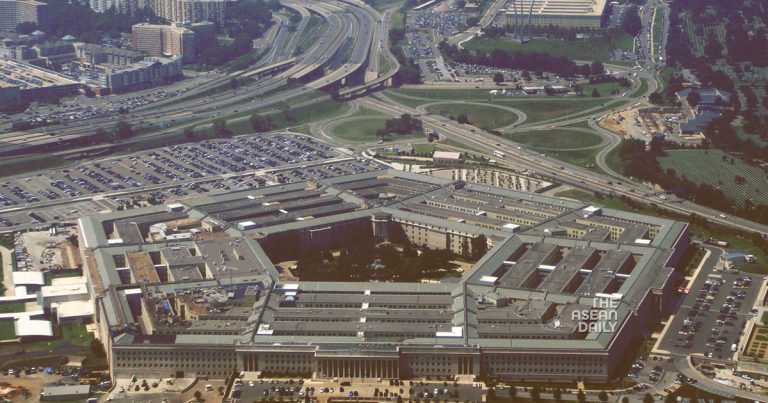14-11-2024 (WASHINGTON) In what could mark the most sweeping reorganisation of American military leadership in modern history, Donald Trump’s transition team is reportedly crafting plans to dismiss numerous high-ranking military officers, including members of the Joint Chiefs of Staff, according to multiple sources with direct knowledge of the matter.
The preliminary blueprint for the unprecedented shake-up comes in the wake of Trump’s November electoral victory, though sources stress the plans remain fluid as his incoming administration takes shape. At the heart of the proposed purge lies a particular focus on officers connected to former Chairman of the Joint Chiefs, Mark Milley, who recently drew Trump’s ire following revelations in Bob Woodward’s latest book “War”, where Milley reportedly described the former president as “fascist to the core”.
“Every individual elevated under Milley’s tenure will be removed,” revealed one source, speaking on condition of anonymity due to the sensitive nature of the transition planning. “There exists a meticulously detailed roster of all Milley-affiliated personnel. None will remain.”
The scope of the proposed changes gained further credibility with Trump’s selection of Pete Hegseth, a Fox News commentator and veteran, as his defence secretary nominee. Hegseth’s 2024 publication, “The War on Warriors: Behind the Betrayal of the Men Who Keep Us Free”, explicitly calls for a radical overhaul of Pentagon leadership.
However, questions linger about the feasibility of such sweeping changes. Some defence experts express concern about the potential disruption to military operations amid ongoing conflicts in Ukraine and the Middle East. The proposed dismissals would affect the highest echelons of American military leadership, including the heads of the Army, Navy, Marines, Air Force, National Guard and Space Force.
Of particular note is the planned removal of current Chairman of the Joint Chiefs, Air Force General CQ Brown, according to sources. Hegseth has previously questioned Brown’s appointment, suggesting it may have been influenced by racial considerations rather than merit.
Despite the ambitious scope of the planned reorganisation, some current and former officials remain sceptical about its practicality. “The bureaucratic hurdles involved in replacing such a large number of senior military officials would be substantial,” noted one source, suggesting the plans might represent political posturing rather than actionable strategy.
Yet supporters of the proposed overhaul argue that the military’s top brass has grown unnecessarily large and that competent replacements could be readily found. Drawing historical parallels, one source noted: “During World War II, we successfully appointed commanders in their 30s based on competence. The results speak for themselves.”




